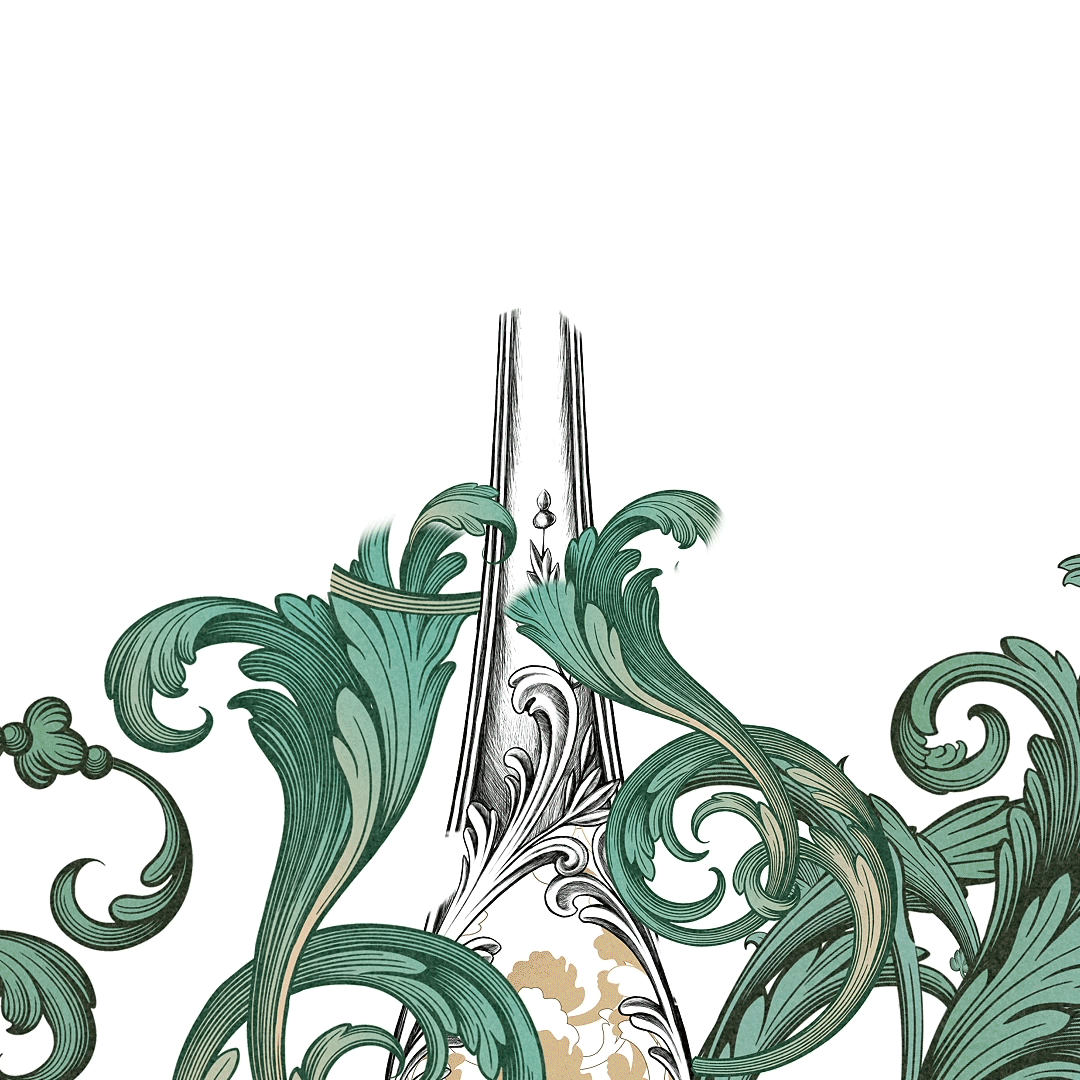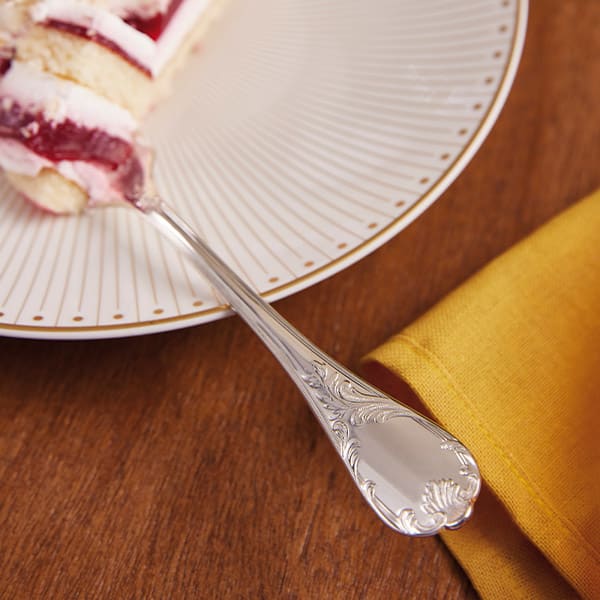Marly

The Marly collection takes its name from the Château de Marly built by Louis XIV in the west of Paris, which was to be totally destroyed during the Revolution. It is in this "country castle", where etiquette was less rigid. Here the shape of the plate "with marli" would have been created (the marli is the peripheral inclined part of a plate, allowing it to be handled without dirtying the fingers).
Discover the Marly Universe
MARLY YESTERDAY AND TODAY
"I built Versailles for my court, Trianon for my family, Marly for my friends", said Louis XIV. He liked to take refuge in this refined domain from time to time to get away from the excesses of Versailles. The Château de Marly no longer exists, but the spirit is still there: a festive, elegant spirit, without ostentation...
Constantly present in the Christofle catalogue since 1897 under the name of Collection MARLY LOUIS XV, the Marly collection has evolved over time to become more modern, while retaining the distinctive elements of the Louis XV style, sometimes also called Rococo: asymmetrical decorative motifs, often inspired by nature, such as the acanthus leaf or shells.

THE ACANTHUS LEAF
A decorative motif characteristic of ancient Greece, found for example at the top of Corinthian columns, the acanthus is characterised by long, broad leaves, with numerous indentations and graceful curls, allowing for a wide range of creative variations. The Acanthus leaf inspired Greek and Roman artists as well as those of the Renaissance and modern times by imitating Antiquity.
Widely used in the Louis XV Rocaille style, it is often represented, as in the Marly collection, in an asymmetrical way to give an impression of movement. A true ode to nature.

Marly Exceptional Materials

CONCHS AND SHELLS
The shell. It evokes the sea, its delights and its promise of adventure. Its sensual volute form a delicate imprint, a gentle wave movement so well captured by Botticelli when he reveals his Venus emerging from the sea.
As it became more modern over time, the shell motif became asymmetrical, and was once again used in furniture and architecture in the Renaissance. The decorations of the Château de Versailles and the Trianon are spectacular examples of this, opening the door to what would later become the Rocaille style.
Christofle's Marly collection thus creates a link between the French 17th century and a very contemporary tribute to Nature.

To find out which collection suits you best, tell us if you prefer...
WHAT IS THE LOUIS XV STYLE?
Period: 1735 to 1760
Style: Graceful - feminine - exuberant - becoming simpler at the end of the period
Shapes: Harmonious for the rocaille period - precious - delicate - infinitely varied - lack of symmetry in ornamentation.
Dominant ornaments: Crossbow contours - rocaille - shell
Flora: foliage crook, long and narrow acanthus leaf, fillets
Christofle models: Marly - Pompadour - Sceaux - Cluny - Chinon










